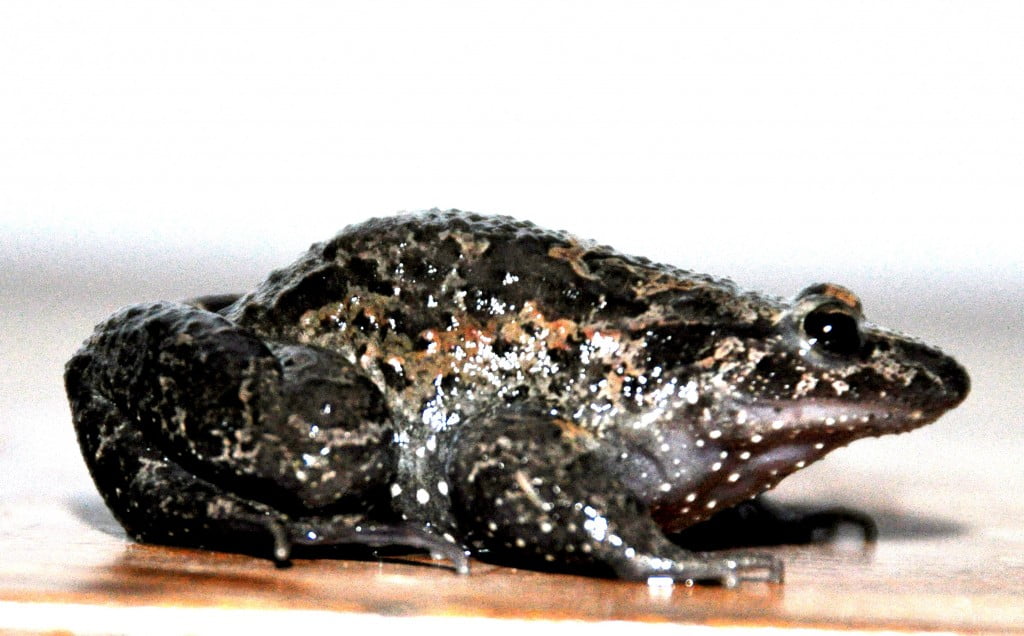The Hula Valley is a fresh-water-rich agricultural region in Israel’s north. It is a major stopover for birds during migration and is home to a large variety of species. In the 1950s Lake Hula was drained to prevent the spread of malaria, and this was thought to have led to the extinction of the Hula painted frog. The species was officially declared extinct by the IUCN (International Union for Conservation of Nature) in 1996, and as a result, the opportunity to discover more about this species was thought to have disappeared forever.
Related news
- 200 Year Old Mystery Solved: Why Do Corals Pulsate?
- Israeli Experts Called Upon To Help Preserve Galapagos Islands
In 2011 the species was rediscovered and found to be endemic to the Lake Hula marshes. A team of Israeli, German and French researchers have reported an in-depth scientific analysis of this enigmatic amphibian in the scientific journal Nature Communications. The team found that the frog has not only survived near extinction, but is also a unique “living fossil.”
Based on new genetic analyses of rediscovered individuals and the morphologic analyses of extant and fossil bones, the team concluded that the Hula frog differs strongly from its other living relatives, the painted frogs from northern and western Africa.
Last frog standing
Instead, the frog is related to a genus of fossil frogs, called Latonia. This species lived in Europe dating back to prehistoric times and has been considered extinct for about a million years.
The results imply that the Hula painted frog is not merely another rare species of frog, but is actually the sole representative of an ancient clade (a group with a single common ancestor) of frogs. Plans to re-flood parts of the Hula Valley and restore the original swamp habitat are in place, which will hopefully allow expansion in population size and a secure future for the frog.
The combined research effort that led to the revelation and analyses of the previously considered “extinct” frog was conducted by Rebecca Biton, a Ph.D. student of Dr. Rivka Rabinovich of the Hebrew University Institute of Archaeology, in cooperation with Prof. Sarig Gafny of the Ruppin Acadmic Center, Prof. Eli Geffen of Tel Aviv University, Dr. Vlad Brumfeld of the Weizmann Institute of Science and other researchers from Israel, France and Germany.
Photo: Courtesy (Prof. Sarig Gafny)
Related posts

Resilient And Nutritious New Plant-Based Milk Aims To Make A Splash

Chocolate From Cultivated Cocoa Comes Without Environmental Toll

Plastic Fantastic: Startup Takes PVC Back To Its Crude Oil Roots




Facebook comments